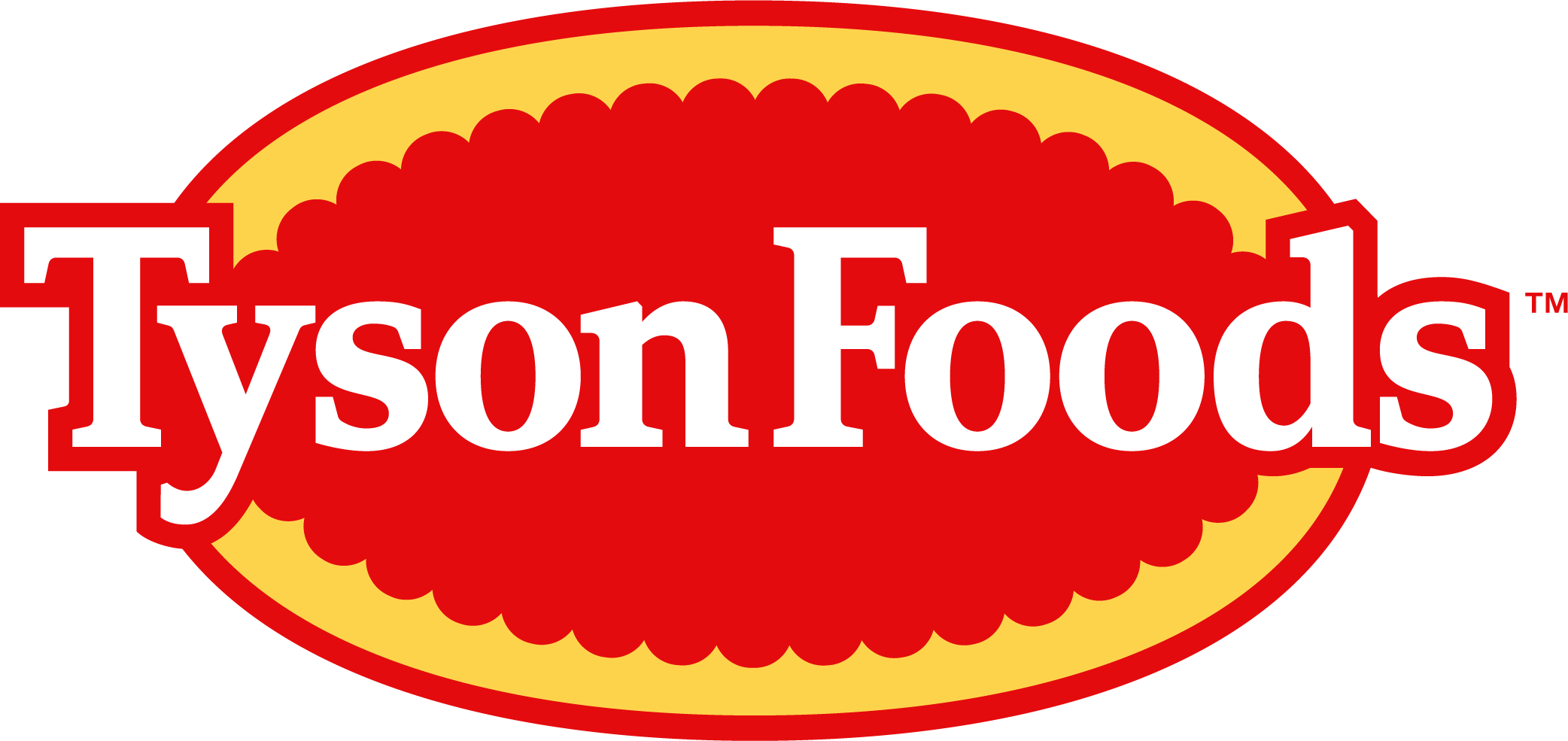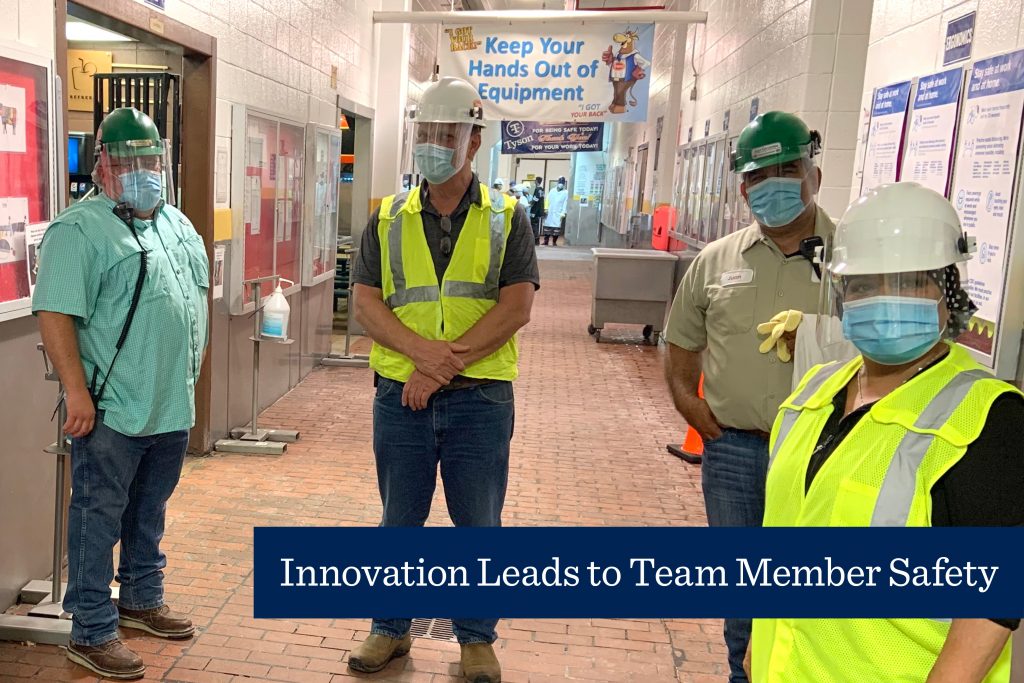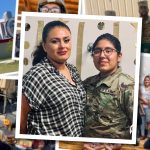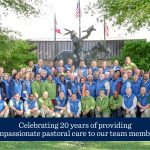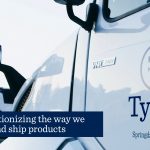CDC and OSHA guidance sets forth a number of different measures and controls designed to prevent our team members from being potentially exposed to one another’s respiratory droplets while at work. The most basic of these is to achieve 6-foot distancing between team members. However, with some of our operations and lines, that is simply not possible.
In those situations, we have worked very hard to make sure that our team members are protected by multiple different sources. These include, of course, the mandated use and ample supply of disposable, surgical-style facial coverings. We have also incorporated environmental controls like physical barriers to separate team members on the line and in our break rooms. Well before CDC guidance first mentioned face shields, we were already busy brainstorming the concept and trying to source suitable models.
When the challenge was posed to our Fresh Meats Automation and Optimization team to get 9,000 face shields to frontline workers in just two weeks, it became clear there was only one option – make the face shields themselves.
First, a face shield was created that would clip into each side of a team member’s helmet and allow it to hinge up and down. But the team soon found not all helmets are the same, and a new design was needed.
The other thing they had to consider was material. The shields needed to be thicker and sturdier than what is currently available in the marketplace.
“Our team members are important to us. We care about them, and we were not going to give them a flimsy shield and ask them to go back into our plants and feed the world with inferior protective equipment,” said Engineering Senior Manager Todd Petersen. “We wanted something that was as high quality as our team members.”
The automation team began making calls to suppliers and manufacturers to find the 281 sheets of clear plastic that were needed for production. But lead times were months out, prices on materials were skyrocketing, distributors stopped taking requests, and there was no available space on shield-making equipment.
Determined not to let that stop them, the team spent hours on the phone chasing any lead they could find on clear plastic. Finally, things started to come together.
They were able to locate and purchase 56 sheets of the correct plastic in Bowling Green, Kentucky and sent a truck immediately. Less than 30 minutes later, they found another 192 sheets in southern California. Soon, the rest of the needed plastic was found in Sioux Falls, South Dakota and Kansas City.
“We continually solved for every procurement obstacle we encountered, and the plan really began to take shape,” Todd said.
Materials in hand, the team then needed to cut the plastic to the correct design specifications. To do so, they enlisted the help of Vande Berg Scales in Sioux Center, Iowa and its waterjet cutting machine. The plastic from Sioux Falls was routed to Sioux Center, and the first shields were cut immediately.
Over the next few days, the team worked through adjustments in the size of helmets, issues with stiff plastic and the dynamics of using a kitchen oven for thermal dynamics.
“Working out the details as we went, we were building the parachute on the way down,” Todd said.
They sought extra production help from Complete Automation Resources and Azzar Jet Machining to meet the initial goal of manufacturing 9,000 face shields.
Today, the team can proudly say they have manufactured a total of 30,000 face shields. And they have perfected the system so they are able to produce 10,000 at a time as needed.
Adaptation and pivoting were the key to pulling off a project of this scale. The team was forced to make many changes to their design and manufacturing process from start to finish.
Feedback from plant team members also led to improvements in fasteners, shape, size, thickness, and clip design.
“In the end we overcame every obstacle, worked as a team, accomplished our goal and sent out over 30,000 shields to our team members,” Todd said. “We had three incredible company partners that came together and helped us out.”
“I am proud to be a part of a company that champions creativity, collaboration and innovation – not only in the food we bring to consumers, but in every aspect of our operations.”
Todd Petersen
For more information on our efforts to keep team members safe during COVID-19, visit our response page at https://www.tysonfoods.com/coronavirus.
